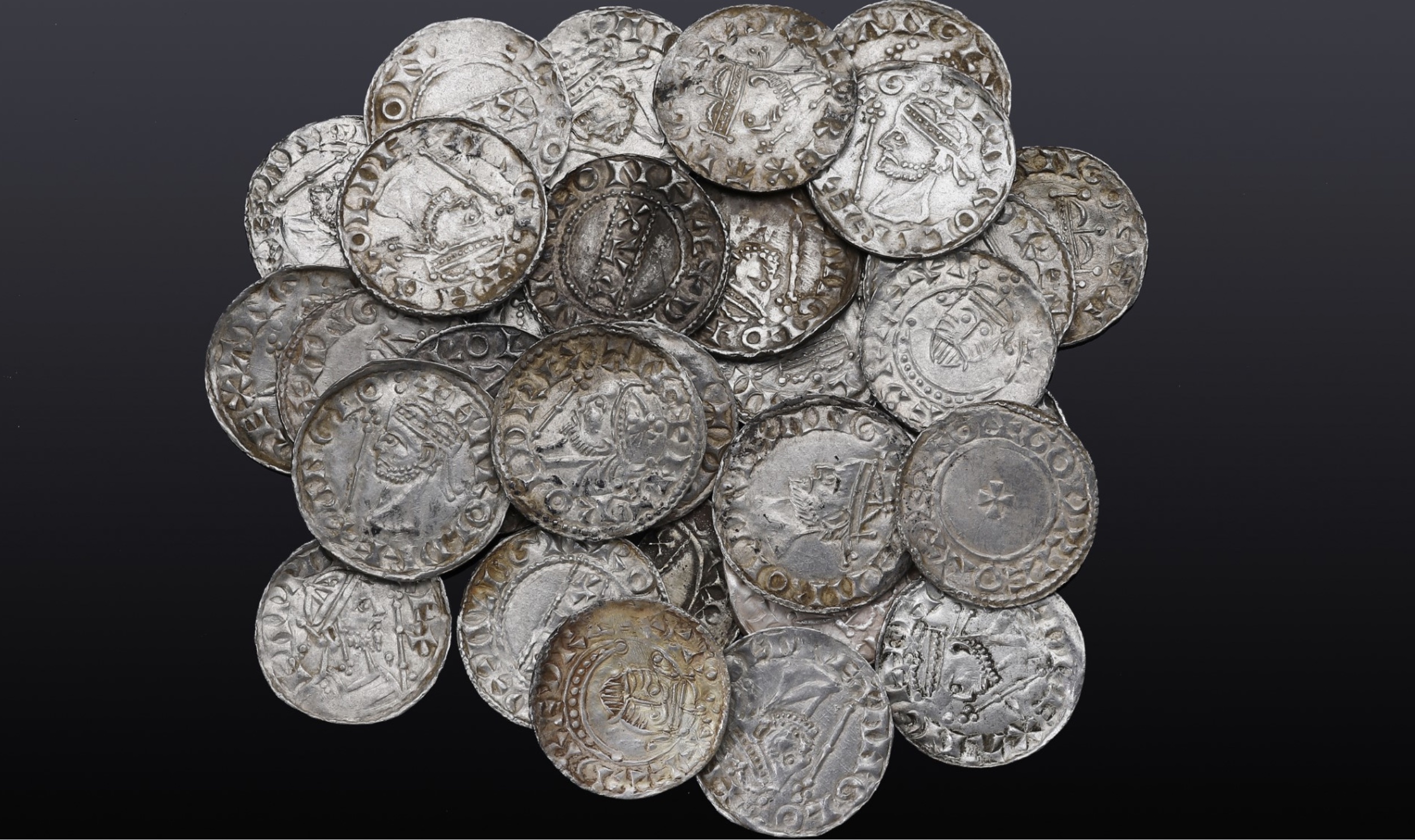#Braintree #hoard #hammers #325K #Antique #Collecting
The highest price of the sale was paid for a very rare single specimen from the Hastings mint which fetched a hammer price of £24,000 – four times its pre-sale high estimate of £5,000-6,000. It was bought by an online bidder. The Hastings coin offered was only the second to appear at public auction in the last 40 years with the other being sold by Noonans in September 2023 for a hammer price of £20,000.
Elsewhere a Harold II penny that was minted in Huntington sold for a hammer price of £11,000 – more than double its pre-sale estimate of £4,000-5,000 and an example minted in Dover with a magnificent portrait realised a hammer price of £9,000 against an estimate of £5,000-6,000. Also of note was an extremely rare Harold II penny that had been minted in Rochester, that sold for a hammer price of £8,000 against an estimate of £4,000-5,000.
The landowners attended the sale and afterwards said: “We are delighted with the results which is a life-changing amount of money for the finders.”
Following the sale, Nigel Mills, Artefact and Coin Expert at Noonans, commented: “Wow, this has exceeded all our expectations. The atmosphere in the packed saleroom was euphoric with bidders (in person and online) wanting to purchase just one example from this important collection.”
It is thought that the hoard was buried during the course of the year 1066 – within five years of all bar two of the coins being minted. “While the deposition of the Braintree Hoard might not relate directly to the events of 1066, the fact that it was never recovered surely did,” said Noonans Coin specialist Bradley Hopper. “Twelve shillings was a considerable sum of money, and its retrieval must have been prevented by some great personal misfortune; we cannot say with any certainty whether or not the Braintree hoard’s owner died fighting at Hastings, but it is a tantalising possibility.”
The two detectorists who have been searching together for 20 years had only found copper coins and crotal bells previously on the field, but on this day a signal from the Minelab CTX 3030 revealed at a depth of only four inches a silver penny that was not recognisable. Half a dozen more turned up in a 30-metre radius and that evening they realised they were rare pennies of Harold II. Over the next few days around 70 more were found by slow and methodical use of the detectors. This was repeated in 2020 with another 70 coins uncovered.
The detectorists found 144 coins in total that date from the last two Anglo-Saxon kings of England – Edward the Confessor and Harold II Godwinsson – that had been minted in various towns and cities ranging from London to Cambridge and Canterbury to Ipswich, Chichester, Guildford, Worcester, Hastings, Lincoln, Huntingdon and Maldon in Essex as well as rare mints such as Sudbury in Suffolk and Bridport in Dorset.
They have been processed under the terms of the 1996 Treasure Act, and Colchester Museum and the Fitzwilliam Museum in Cambridge decided to buy 16 coins between them from the hoard, including two 11th century Byzantine coins. In late 2023 the rest of the coins were disclaimed and returned to the finders.




